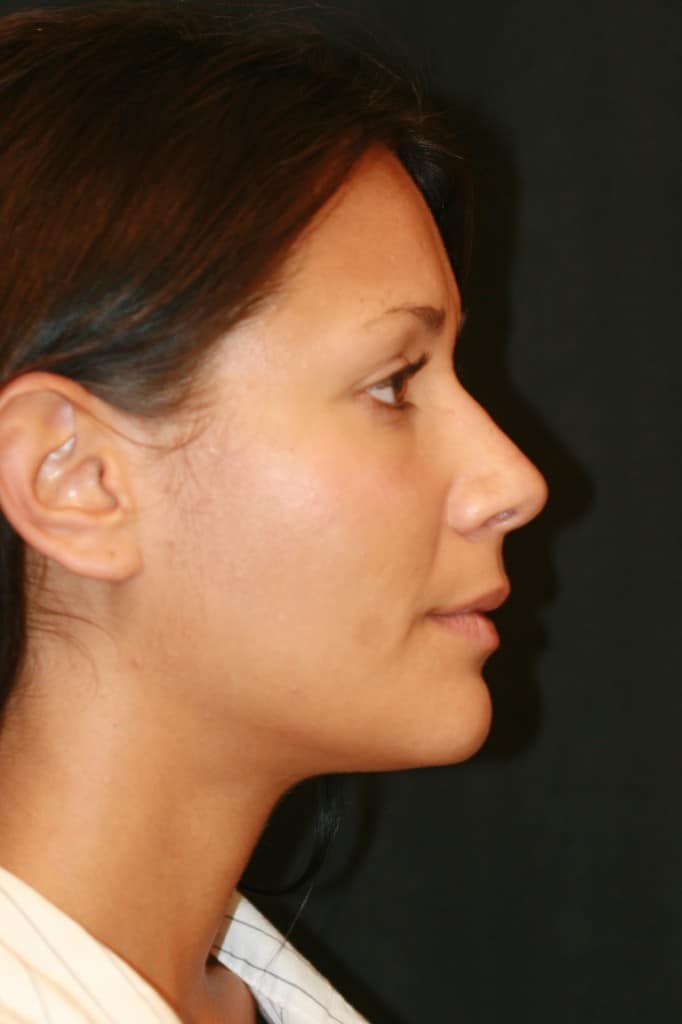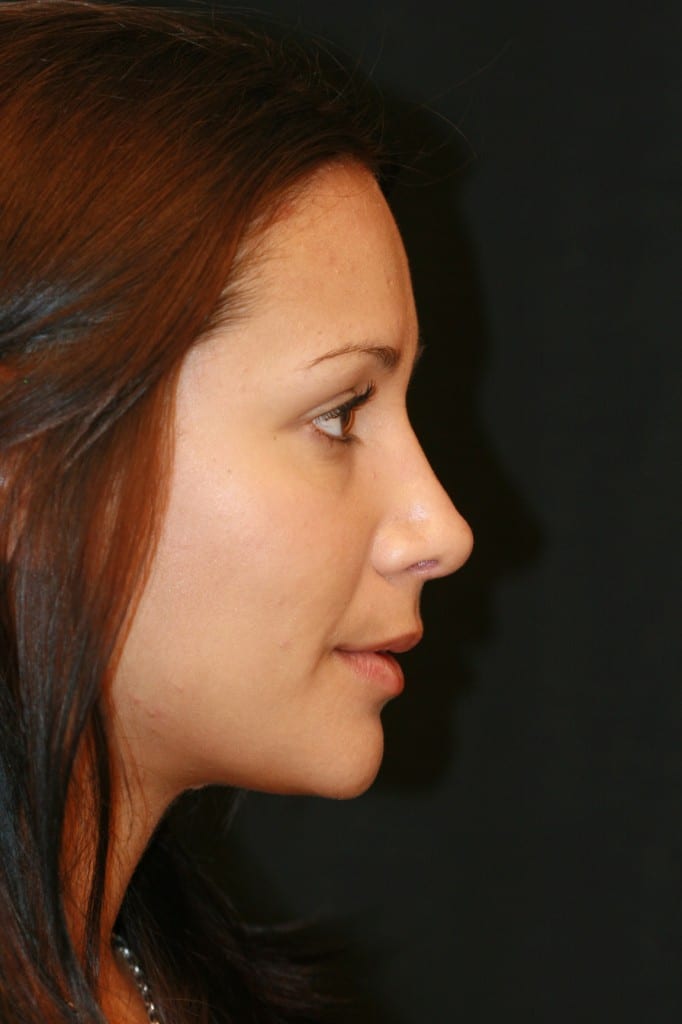|
As a primary and revision rhinoplasty specialist, Dr. Randal Haworth of Beverly Hills excels with all types of complicated nose jobs, but sometimes it is a simple pleasure to be confronted with a classic reduction rhinoplasty. Though these are relatively simple in concept, all nosejobs (or rhinoplasties) must be handled with utmost care and dedication to excellence.
Why does a prospective patient consult with me requesting a nosejob?
Well, most come to me with the latter concerns such as: “Doc, my nose is just too big for my face”, “I always hated my hump”, “My tip is falling like a bird’s beak”, etc., etc. Upon examination, the nose will usually manifest the aforementioned undesirable characteristics to varying degrees:
Check out this patient, who underwent a classic reduction rhinoplasty on the Swan. Here is a typical example of a classic reduction rhinoplasty,even though only subtle changes were performed. Note that a radix graft (to raise the nasal frontal angle) was placed to add height and therefore elegance to her nose. For a more general overview of rhinoplasty, go to: http://www.drhaworth.com/rhinoplasty/ |
||||||||
|
Skip to content


